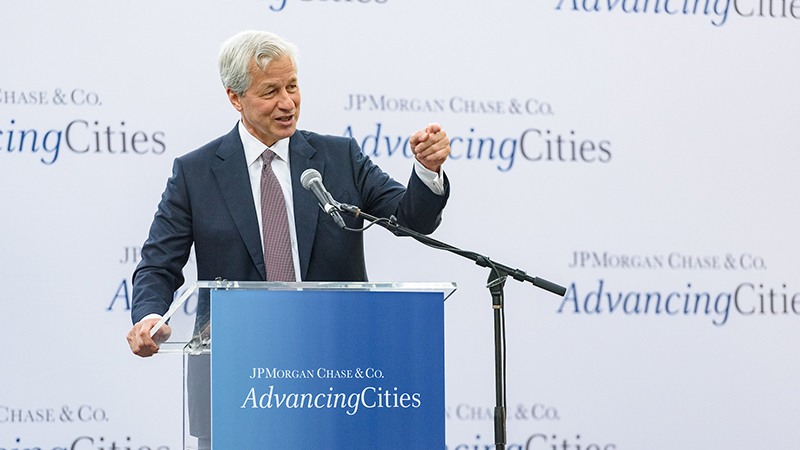- Banks are an integral part of social mobility; this is more so for immigrants.
- Having access to financial services, including inexpensive checking and saving accounts is one of the first steps to achieve the American Dream.
- More often than not, immigrants resort to shady financial companies, payday loan agencies, check cashing stores, and others, to address their business needs.
- Here is the list of the best banks for immigrants in the United States: JP Morgan Chase, Capital One 360, and Wells Fargo
Banks are an integral part of social mobility; this is more so for immigrants. An overwhelming majority of foreigners who migrate to America do so for economic reasons. Having access to financial services, including inexpensive checking and saving accounts is one of the first steps to achieve the American Dream. More often than not, immigrants resort to shady financial companies, payday loan agencies, check cashing stores, and others, to address their business needs. Immigrants regularly conduct business with those dubious financial firms because of the blind assumption that the companies listed below won’t appreciate their business. Here is the list of the best banks for immigrants in the United States:
JP Morgan Chase
Chase Bank does not provide immigrants with the cheapest checking account, but it has convenient locations and a bilingual workforce. The bank prides itself on diversity and inclusion. It has a 100 percent rating on the 2016 Corporate Equality Index. As of this writing, you can enjoy up to $350 offer from Chase with qualifying activities when opening a checking and savings account.
Minimum Deposit to Open: $25
Monthly Service Fee $12 or $0
Site: https://personal.chase.com/personal/checking
Capital One 360
Capital One 360 checking account is inexpensive. They don’t have as many physical locations as Chase Bank, but they have more than 40,000 free Capital One and Allpoint ATMs across the country.
Minimum Deposit to Open: $0
Monthly Service Fee: $0
Wells Fargo
Wells Fargo is on the list for most of the same reasons Chase Bank is. Because new immigrants might not have easy access to transportation, doing business with a bank that has convenient physical locations is vital.
Ally Bank
For those immigrants who have access to computers and smartphones, Ally Bank is the best choice. Immigrants can benefit from Free checking and savings accounts, low fees on wire transfers, and reimbursement up to $10 per statement cycle for third party ATMs fees.

Pingback: A Case for Postal Banking - Personal Finance